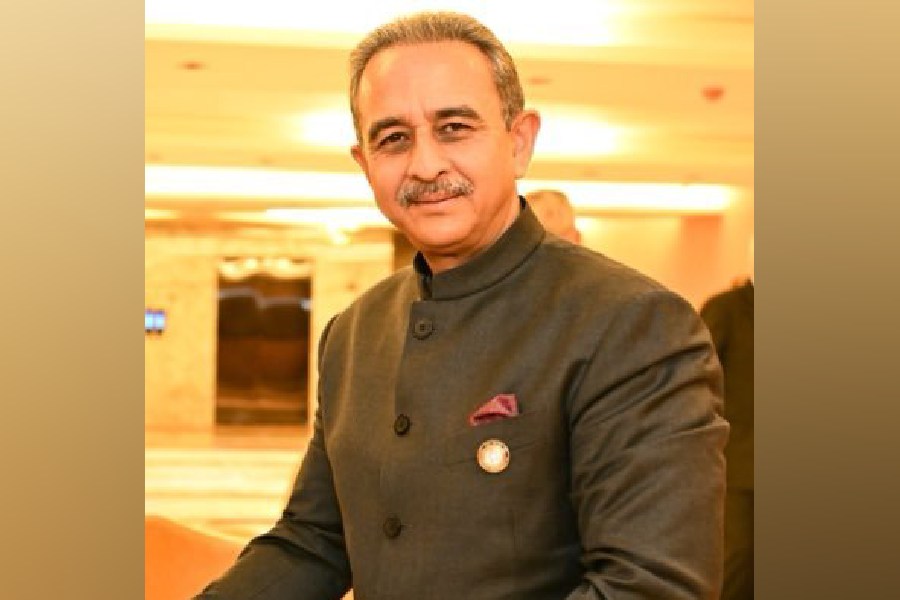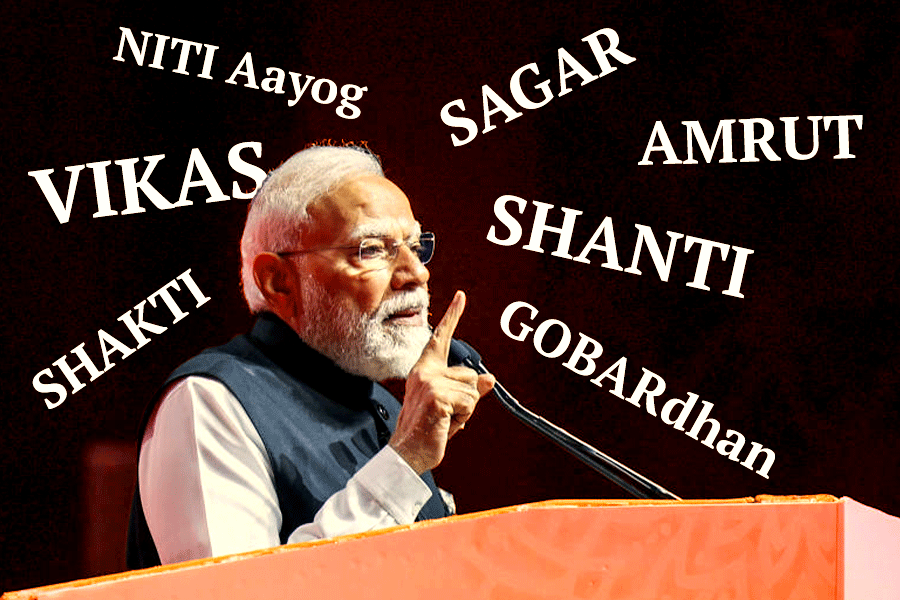
He might say that he’s a yoga newbie, but only a few minutes with Jawahar Bangera will tell you that that’s far from the truth. Having studied the discipline from the legendary B.K.S. Iyengar himself since 1969, Bangera is a senior yoga teacher and one of the trustees of the Light on Yoga Research Trust, which runs the Iyengar Yoga schools in Mumbai. He was in town for a workshop recently and t2 caught up with him for a chat on the essence of yoga over cookies and coffee. Excerpts from Bangera speak...

What yoga is not
Yoga comprises several aspects, but of late the health aspect has taken precedence over everything else, and whatever we are doing for health we are calling it yoga, which is really a misnomer. What you should be saying is we’re doing an asana class, not a yoga class. The moment you say it’s a yoga class, it means you’re covering all eight aspects of the subject, from yama to samadhi.
Interestingly, yoga starts with moral principles. So it talks about truth, non-violence, non-stealing, self-control, and non-hoarding. And then it speaks of individual princi-ples like cleanliness, contentment, austerity, introspection and, finally, surrender to god. So unless these two are first met, one is really not qualified to study the subject. But today what is happening, for example — not to criticise any school — people straightaway start from, say, ‘We’ll teach you pranayama’ or ‘We’ll teach you meditation’. Now, meditation is the seventh aspect of the subject. What happens to the earlier six? Similarly, pranayama is the fourth aspect. What happens to the earlier three?
What Iyengar Yoga is about
In our system — what guruji (B.K.S. Iyengar) has taught us — we take in the student, though the student may not be qualified, and start introducing them to asana so that they start getting the health benefits. See, once you have a health benefit, why would you want to destroy it? Therefore, you start maintaining your health, and in the process your mind gets cultured.
The culturing of the mind is also done by understanding what the principles are, moral as well as individual, and then the progress is faster. So, indirectly, we cover all the aspects from yama to samadhi. But it cannot be covered in one or two days. Essentially when a person comes to the yoga class today, they don’t come out of a desire to study the subject. They come with some baggage. They have some problems, they have some health issues, they have some mental or emotional issues, and they want to get rid of it. They may have tried other methods, gone to other professionals — not necessarily yoga teachers — may not have been successful, or may not have had the results they were hoping to get.
And then as a last resort, they come to the yoga class. Now the problem here is this: they expect that all their problems should be solved in a jiffy. It doesn’t work like that. This is a study that takes a lifetime.
In his footsteps
It was the life of my guruji that made me stick to yoga. His character, his discipline, how he moulded himself from what he was to what he became, that was a very big transition — from a sickly child, suffering from TB and other diseases. (Learning yoga) he gradually became a healthy child. As his health started building up, he became proficient in his own practice. He lived the subject the way it was meant to be. His was totally a one-man show. He used his own body as an instrument, gave demonstration after demonstration, gave lectures at the same time, explained the nuances of a subject that was shrouded in mystery and mysticism.
Propping it up
In my opinion, the therapy aspect of the asana is nothing but doing the asana correctly. Since not everyone can do the asana correctly, guruji designed props — blocks, straps, benches, boxes — so that students could stay in the pose with comfort. And he designed them keeping in mind different body types. He even tried backbends on the front wheel of a road roller, and on barrels, just to find the right curvature so that people with back pain could also practise asana.
There is also a famous photograph of him supporting violin virtuoso Yehudi Menuhin on his knee to give him a curvature of the back. So he used his own body to help others before he actually designed a prop. And all the designs he made, based on the measurements of his own body, have given relief to millions.
Iyengar Yoga’s global reach
I think there are very few places on earth that Iyengar Yoga has not covered… maybe the South Pole! And I must say that students all over the world are exceedingly serious about learning yoga. Even China has caught on to it. When guruji visited China in 2011, he had a very strong impact, and Iyengar Yoga has become very popular there as a result. In 2004, he was selected among Time magazine’s list of the 100 most influential people in the world. Even the Oxford Dictionary defines ‘Iyengar’ as a form of yoga.

In India
Compared to Iyengar Yoga’s international impact, here it seems to be a case of ‘Ghar ki murgi dal barabar’. Of course, we must take into account the reasons why we have been a little slow in this respect. There’s poverty, for example. You cannot expect that the common man should be practising yoga when he has to struggle for his bread and butter. But sometimes I meet people here who say, ‘Yoga jab retire honge tab hi karenge.’ When you retire you’re not physically fit to do anything. What can you do at that time?
Then a common question is, ‘Kitna time lagega karne ko?’ I have to say, Rome was not built in a day. Decide when you want to do this, and the subject will make things happen. It is something that actually bestows upon you what they write during Diwali: Shubh labh. I sometimes give this example to students: investing in the subject of yoga is like a government bond. It will take long, interest rate is low, but money is guaranteed. Having said that, I’m happy now that even people in India are taking to it in a serious way.
Keeping it pure
We have spread purely by word-of-mouth. That is how we have been able to maintain the purity of our subject. And we don’t mass-produce teachers either. This is not a subject where you can churn them out like in a factory. I can tell you from our experience in Mumbai, we take eight to 14 years to develop a teacher. Whether you have the patience or not is a different thing.
I am often asked for the scientific evaluation of the subject, to which my response is that the subject itself is based on science. Yoga has been the same over thousands of years. There is no change. It has helped in the evolution of the human mind, the human consciousness, because that is the purpose of the subject.
GETTING STARTED
Start with this: “One day of the week I will get up early and I will practise asana.” Not for an hour, half an hour. You will notice its effect the rest of the day. Then gradually you’ll be tempted to increase the duration or increase the number of days. Then you can fix a timetable. It can be morning, afternoon or evening, but once you have picked a time, stick to it. Of course, usually the best time is morning.











